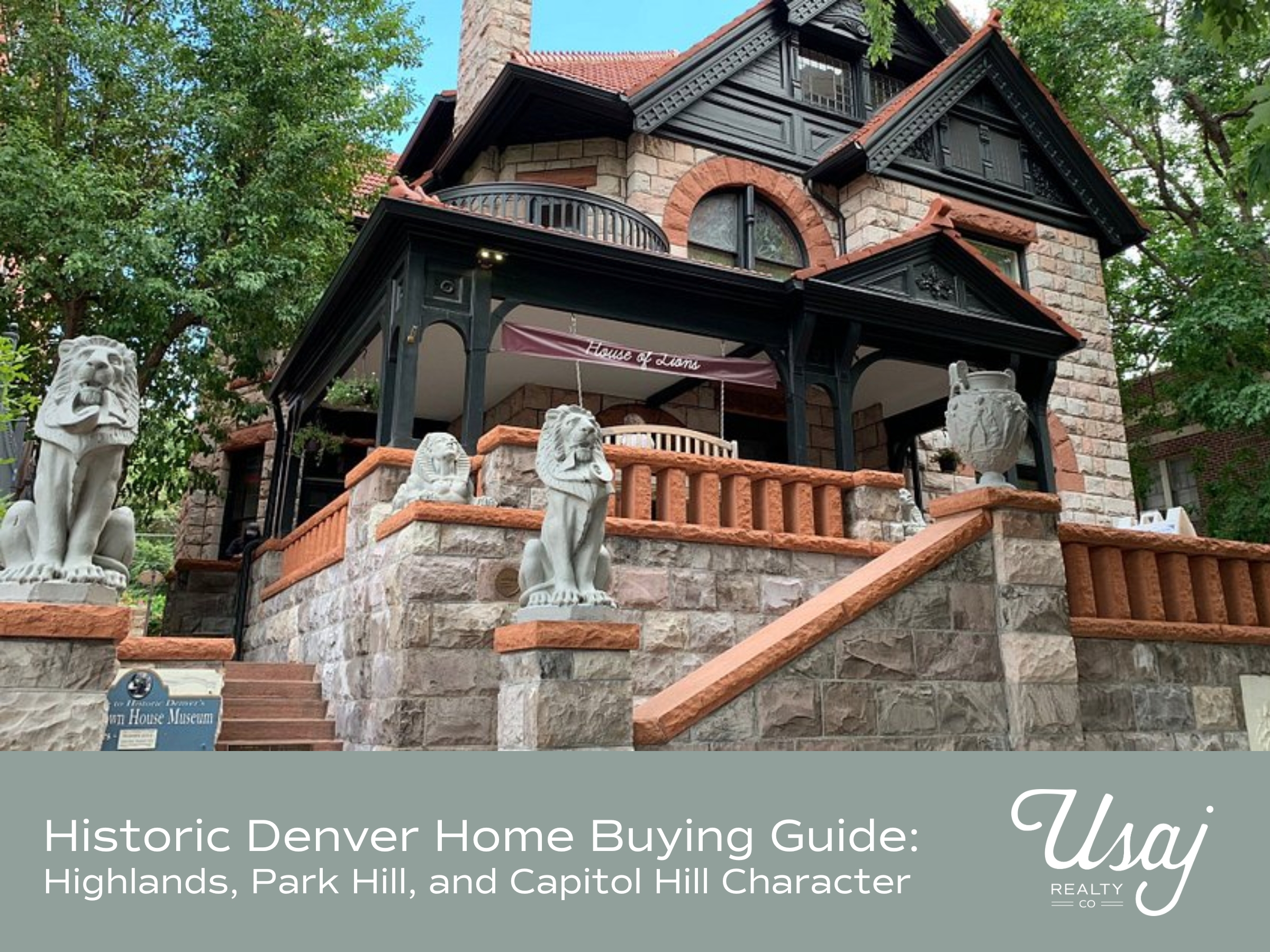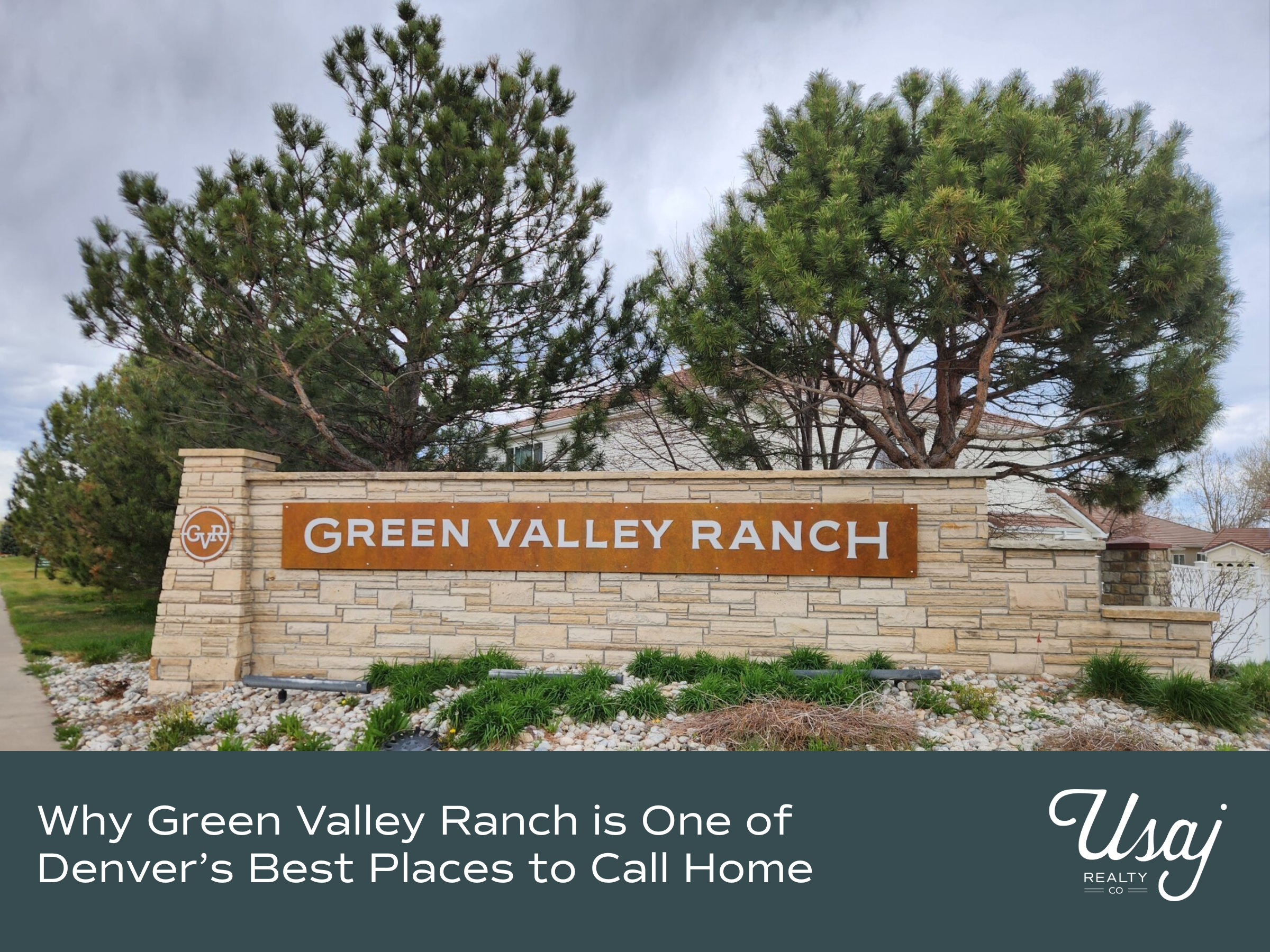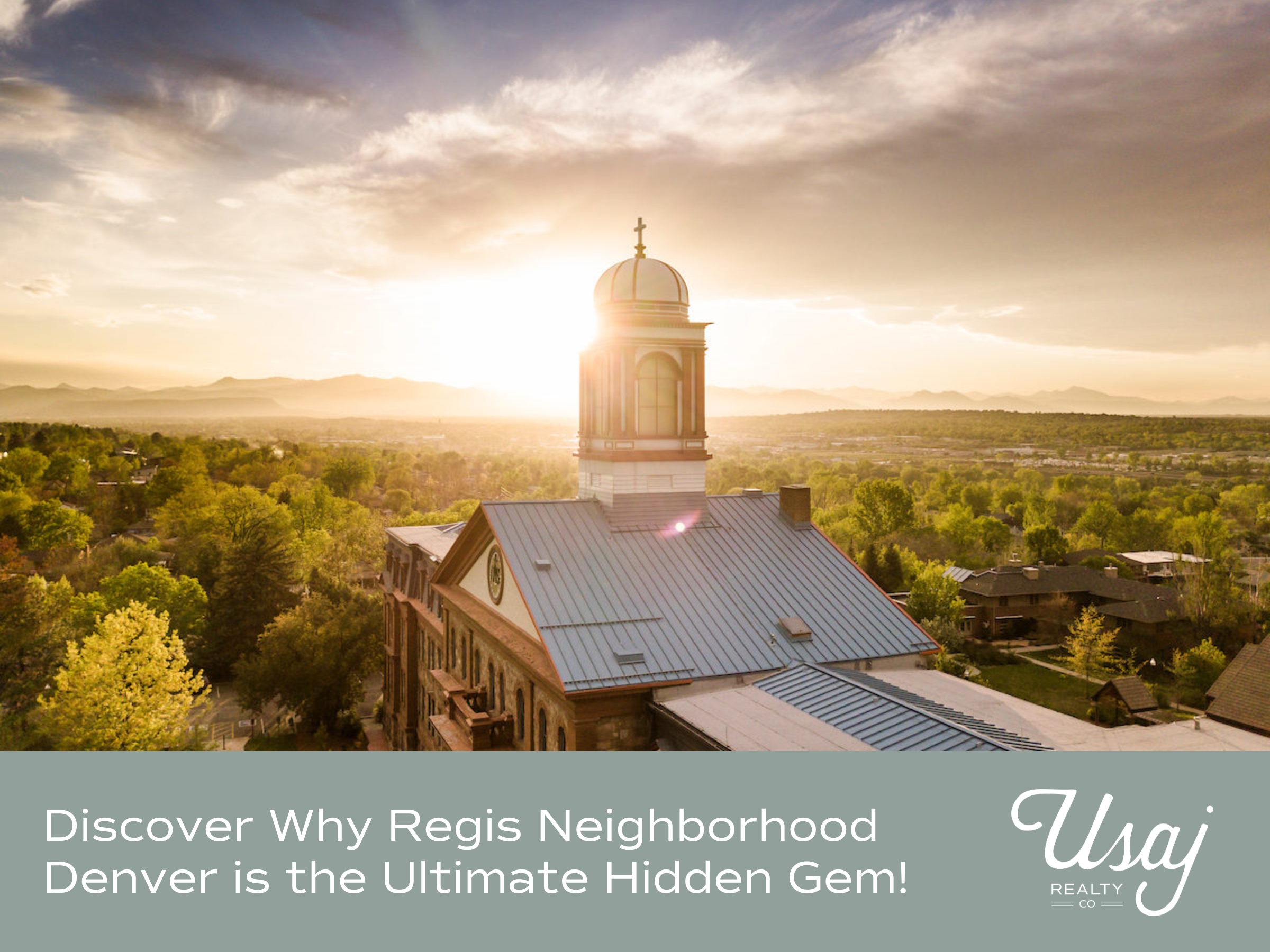Historic Denver Home Buying Guide: Highlands, Park Hill, and Capitol Hill Character
Denver’s rich historic neighborhoods are experiencing an unprecendented revival as homebuyers seek character-rich properties that tell a story. These areas offer something modern developments simply cannot replicate: authentic architectural details, established tree canopies, and neighborhoods with genuine soul.
The three neighborhoods we’ll examine represent difference facets of Denver’s historic charm.
Denver’s Historic Home Landscape
Victorian and Queen Anne homes dominate the landscape from the 1880s through the 1900s. These properties showcase ornate trip work, bay windows, and steep-pitched roots that define the era’s aesthetic appeal.
Crafstman and Four Square styles emerged in the early 1900s through the 1920s. Natural materials and functional design elements characterize these architectural approaches.
Historic designation carries legal implications that differ significantly from simply owning a character property. Official landmark status requires approval for exterior modifications and sometimes interior changes. Character properties without formal designation offer more freedom to renovate.
Daryl Vaighn, a Denver Realtor® specializing in historic properties explains, “Denver’s historic homes are full of character—each one tells its own story through unique architecture, craftsmanship, and the lives of past generations. That’s what I love most about helping clients find these homes. Buying a historic property does come with its nuances, from preservation guidelines to thoughtful updates, but the reward is owning a piece of Denver’s rich history that’s unlike any other.”
Historic Neighborhood Spotlights
Highlands
The Highlands market currently ranges from $650,000 to $1.2 million for restored Victorian homes. Fixer-uppers start around $500,000 in this competitive area.
Walkability ranks among the top reasons buyers choose this area.
- You can stroll to LoHi’s trendy restaurants or catch light rail downtown within 15 minutes.
- Root Down on West 33rd Avenue serves farm-to-table cuisine in a converted gas station.
- Highland Tap and Burger offers casual neighborhood dining that locals frequent regularly.
- Rocky Mountain Lake Park provides green space for families and dog owners. The community feel remains strong despite rapid developement.
- Parking presents the biggest challenge. Dense areas near commercial corridors create competition for street spaces. Many Victorian homes lack garages.
“We’ve seen everything from completely gutted restorations to homes needing full electrical updates,” says Maria Gonzalez, owner of Highland Hardware. “Smart buyers budget extra for surprises in these older homes.”
Park Hill
Park Hill offers more affordable entry points compared to other historic Denver neighborhoods. Character homes range from $450,000 to $750,000 in this emerging market.
- This neighborhood holds deep significance as Denver’s historic African American cultural center.
- Beautiful tree-lined streets create canopy coverage that newer developments lack.
- Larger lots provide space for gardens and outdoor living that many buyers crave.
- Investment potential shines bright here. City revitalization efforts include streetscape improvements and new mixed-use developments.
- Rosenberg’s Bagels on East 9th Avenue draws weekend crowds for authentic New York-style bagels.
- Park Hill Golf Course provides recreational opportunities for active residents.
- Charles City Park features playgrounds and sports facilities for active families.
Capitol Hill
Capitol Hill operates at a different scale entirely. The area offers both condos in converted mansions and single-family Victorians for various buyer preferences. Prices range from $400,000 for one-bedroom historic condos to $900,000 for restored single-family homes.
- Victorian conversions dominate the condo market. Developers have transformed grand homes into multiple units. They preserve architectural details throughout the conversion process.
- The entertainment and dining scene rivals any major city district. You can walk to dozens of restaurants, bars, and venues within a few blocks.
- City O’ City offers vegetarian comfort food that attracts diverse clientele.
- Cheesman Park provides 80 acres of green space.
- Mountain views and walking paths make this urban oasis particularly appealing.
- Night life energy appeals to younger buyers but requires consideration for families seeking quieter environments.
- Parking remains challenging in this dense urban core.
Buying Considerations for Historic Properties
Financial planning requires more extensive preparation than typical home purchases. Inspection costs run 25-50% higher due to specialized knowledge needed for older systems and materials. Insurance companies sometimes charge premiums for historic homes. Replacement cost concerns and unique materials drive higher rates.
Renovation budgets should include a 30% contingency for unexpected discoveries common in older construction. Legal and regulatory complexities vary by specific location and designation status. Historic preservation guidelines apply to landmark properties. These rules require city approval for exterior modifications.
Common inspection issues require specialized attention:
- Foundation settling and structural modifications from previous decades
- Electrical systems need updates to handle modern appliance loads
- Original plumbing contains lead pipes or outdated materials
- HVAC systems prove inadequate for current efficiency standards
- Windows need restoration or energy-efficient replacement
Professional relationships prove crucial for successful historic home ownership.Contractors experienced with period construction understand appropriate materials and techniques.
The following comparison shows key metrics across all three neighborhoods:

“We help buyers access flexible lending options when traditional mortgages don’t fit these special properties, advises mortgage advisor William Cook at ColoradoLoanPro Omni Fund, Inc.
Making the Right Choice
Character charm comes at a cost that modern convenience cannot always match. Historic homes demand ongoing maintenance attention and renovation costs that surprise unprepared owners.
Long-term investment potential in Denver’s historic neighborhoods remains strong. Limited supply and growing appreciation for authentic architecture will continue to drive sustained demand.
Your next step involves identifying which neighborhood aligns with your lifestyle priorities and budget reality. Schedule tours during different times of day to understand parking challenges, noise levels, and neighborhood energy patterns. The right historic Denver home will reward you immensely.
Take a Tour of Denver’s Most Iconic Historical Homes: The Fitzroy
Ready to Find Your Historic Home?
We know finding the right home can feel overwhelming, especially when you are looking for the perfect historic home. At Usaj Realty, our goal is to guide you in your home buying or selling journey and to find the best fit for you. Contact Usaj Realty today to speak with one of our experienced agents.




